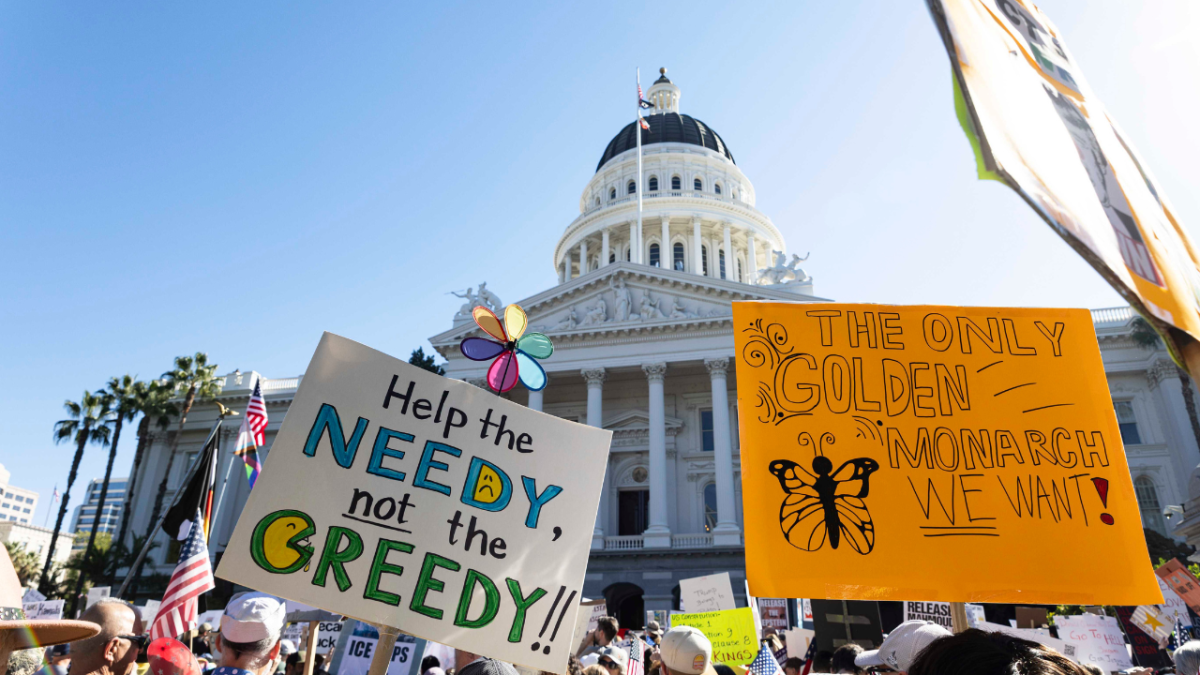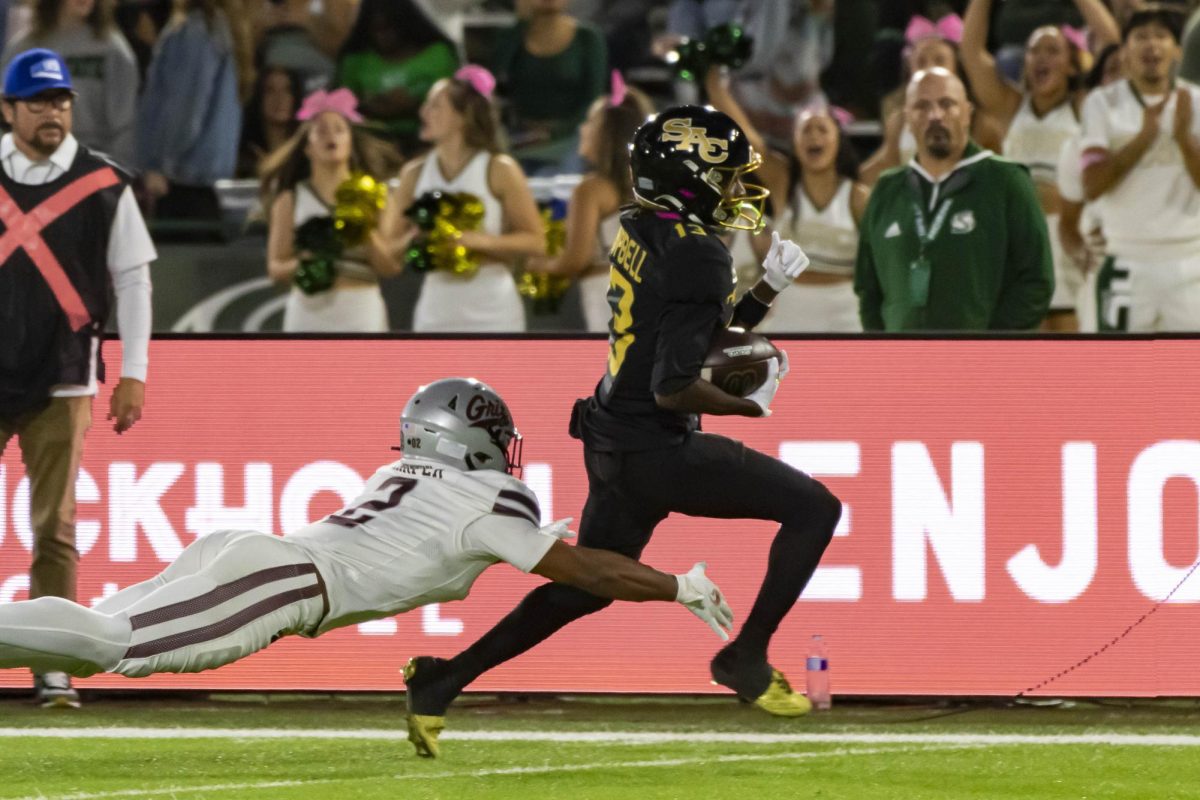ASI approves ‘Vote (Smart)’ campaign
January 7, 2007
Campus elections at Sacramento State are known to be quiet. This is not just because the candidates do not figuratively throw dirt on their opponents, but the main reason for these silent elections is that very few students vote.
Four students majoring in graphic design met with Associated Students Inc. Monday in the University Union to help revitalize the annual campus elections.
Seniors Chris Buswell, Christian Megino, Michael Mezzanotte and Kim Pasma developed a project for their Visual Principles II course in fall 2005. The project was named “Vote (Smart).”
At the beginning of the project, the group was given a choice to analyze and find solutions for voting on a campus, state or national level. The group chose to analyze voting at Sac State because of the accessibility to voting statistics.
“We wanted to work with ASI to help bring exposure to their campaigns,” Megino said.
The goal of the project was to develop a campaign that encourages educated voting in Sac State campus elections and to present students with information that is unique, efficient and understandable.
These students presented bits of information that they researched from ASI and the State Hornet. According to their research, only about 10 percent of Sac State students vote. In 2004, only 2,242 students voted ?” this number equals about 8 percent of the 28,000-student population.
According to the ASI constitution, 5 percent of the student population must vote for the elections to be valid.
The logo of “Vote (Smart)” is a garbage can, which represents the throwing away of personal opinions when people do not vote. The group hoped this visual metaphor would shock people into becoming more interested in voting and expressing their opinions.
The projected idea for raising student interest was to have an event that would run just before the elections ?” this event would have music, barbecued food and other activities, and on the other side of the locale would be debates and lectures from the candidates and initiative authors.
The event would also educate students to get rid of the misconceived notion that voting and elections take too much time away from work, studies or relaxation. According to the presentation, many students either don’t have the time to vote or believe that voting is a lifestyle and not a civic duty.
A mock Web site was developed by the group to introduce and educate students about the candidates and their positions, and the ballot measures. After the students read the information on the Web site there would be a link to the voting Web site. They created this Web page because the elections are solely online.
The group decided to target students who knew little to nothing about campus and general politics, and to introduce them to elections and voting. The group hopes to introduce students to the importance of voting, so when state and national elections come more people would feel the need to express their opinions.
Olgalilia Ramirez, ASI director of governmental affairs, said the project very thorough.
“ASI is definitely going to go with this project,” Ramirez said.
As of press time, the cost of this project is not known. According to Ramirez, this project will most likely be occurring before this year’s elections.
Jamie Gonzales can be reached at [email protected]





























































































































